Many of us at MIT share a dream to “do well by doing good” – to apply our talents in ways that solve important world problems while generating enough revenue to grow a healthy business. The real world exhibits varying degrees of this phenomenon. We hope all MIT graduates joining the private sector plan to help their enterprises operate with integrity and care for all stakeholders, in order to mitigate any harmful negative externalities.
But it is rarer to successfully innovate for impact, that is, develop products and services that actively improve the world as they grow. It turns out that growth, profit, and positive impact are in constant tension with one another, as are different dimensions of impact. Breaking these tradeoffs is possible but extraordinarily challenging.














